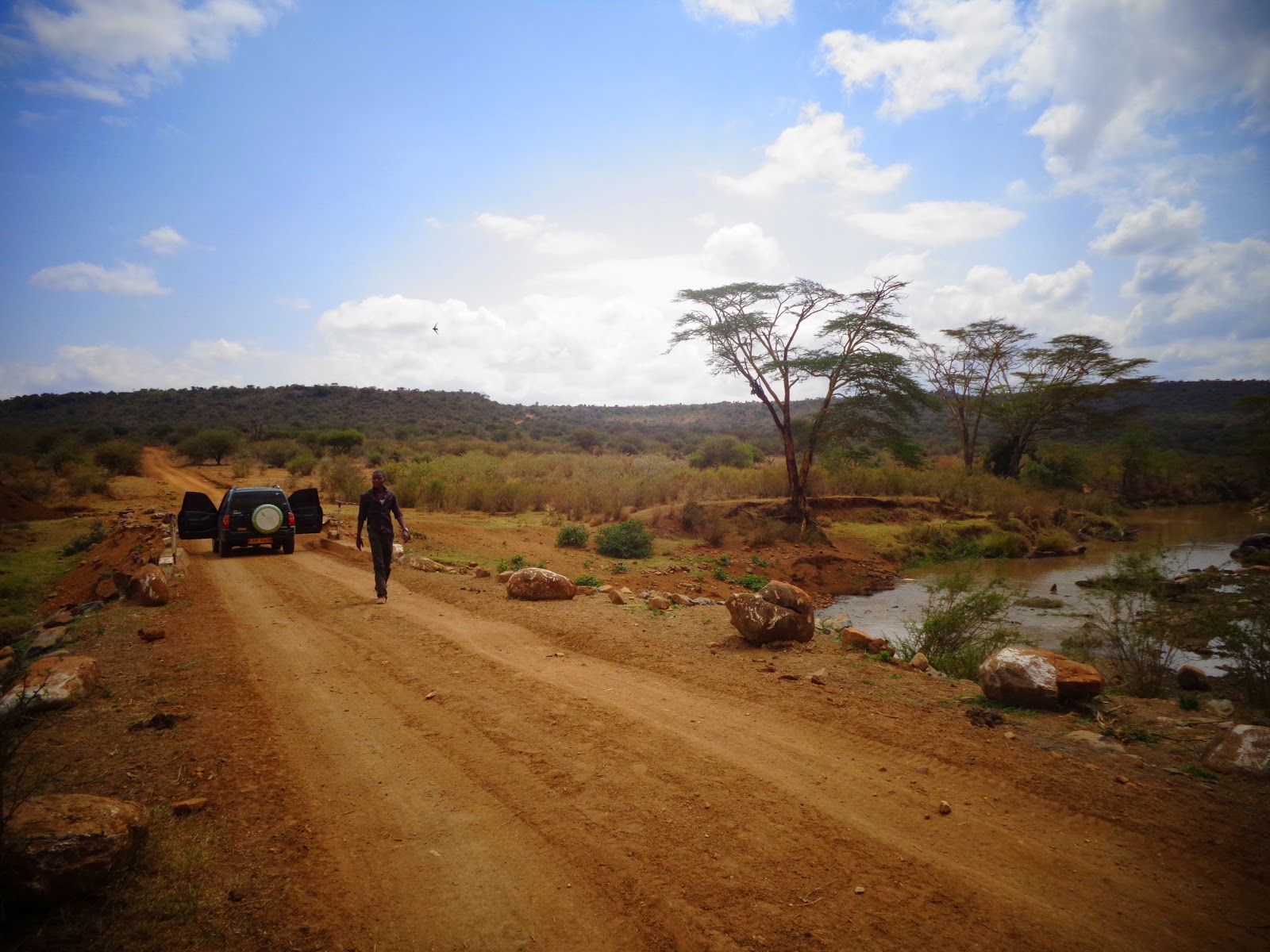EcoTravel Kenya
TRAVEL DIARIES - Your guide to responsible tourist accommodation facilities in Kenya.
Sunday, July 16, 2017
Monday, July 28, 2014
Thursday, August 12, 2010
..my hood...
TEMBEA : Thika’s twin pleasures...!!
Tucked in a small industrial town 40 km north east of Nairobi is Thika. Thika is famous as being the home of Kenya’s Land Rover assembling plant as well as the home of Kenya’s founding father and first president Mzee Jomo Kenyatta.
Away from the lush coffee gardens on the slopes, punctuating the meeting point of savannah vegetation and the central Kenya highlands, the town is a tourist wonder offering much needed quiet and peace away from the monster that is Nairobi city.
The toast of Thika is a double pleasure of the Ol Doinyo Sapuk National Park and Fourteen Falls on the Athi River.
From Thika town, one can access the twin pleasures by heading for the Kilima Mbogo village which is about 22km down Garissa road. Also one can take a matatu to Ol Doinyo Sapuk village which passes close to the entrance to the falls, a few kilometres from the national park gate. Doinyo village, itself, is surprisingly busy, with dozens of dukas, bars and lodges.
The Fourteen Falls is a broad cascade of white water which plunges 30m over a precipice with many lips, hence the name. The falls are especially spectacular after rain, when they flood into a single, thundering red cataract. It is a good camping site next to wonders of nature, the noise of the water punctuation the usual silence.
The Fourteen Falls lies just outside the Ol-Donyo Sabuk game park among large-scale coffee and pineapple plantations.
Ol Donyo Sabuk, (Large Mountain) has an excellent and clear view of Nairobi and other lowlands. Wildlife species that can be spotted here include buffalo, colobus monkeys, baboons, bushbuck, impala and dukier.
The area also boasts of abundant birdlife. The mountain is part of Ol Donyo Sabuk national park whose main attraction is its beauty and views of both Mt. Kenya and Mt. Kilimanjaro.
It teems with game including baboon, colobus, bushbuck, impala, duiker and abundant birdlife. The name is also mistakenly thought by many writers to mean ‘Buffalo’ whereas in actual fact Maasai call buffalo ‘Olosowan’.
Today some 250 buffalos roam the slopes. Kikuyu traditionalists call it Kea-Njahe, known as the ‘Mountain of the Big Rain’, one of Ngai’s (Kikiyu for God) lesser homes. So, go ahead and tembea there one day.







